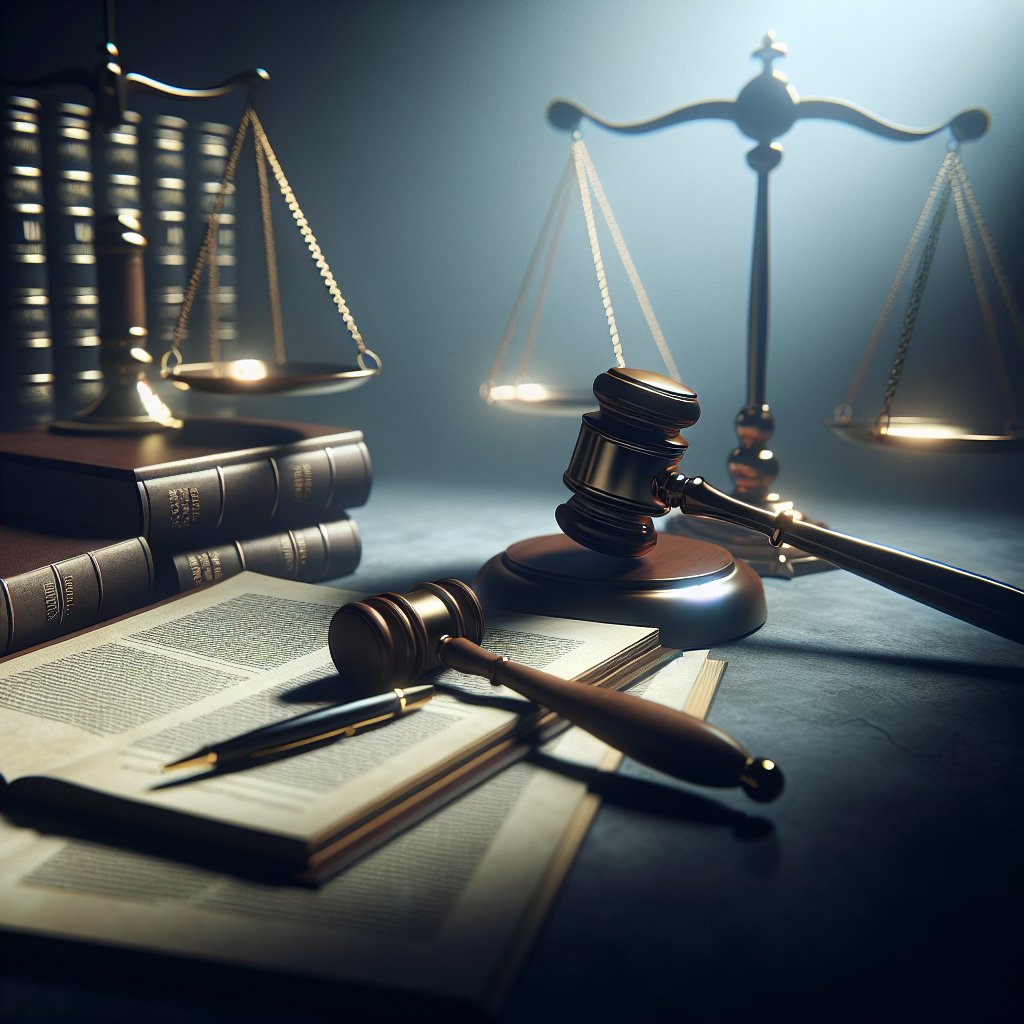In the realm of criminal law, the question of whether one can be convicted based on circumstantial evidence alone is a topic of significant debate and legal scrutiny. Circumstantial evidence, unlike direct evidence, does not directly prove a fact but instead infers a conclusion from a series of facts. This article delves into the intricacies of circumstantial evidence, exploring its role in criminal convictions and the legal standards that govern its use.
Understanding Circumstantial Evidence
Circumstantial evidence is often misunderstood and undervalued in the legal system. It is evidence that relies on an inference to connect it to a conclusion of fact, such as a fingerprint at the scene of a crime. Unlike direct evidence, which includes eyewitness testimony or a confession, circumstantial evidence requires a judge or jury to make a logical deduction.
Despite its indirect nature, circumstantial evidence can be incredibly powerful. In many cases, it is the accumulation of circumstantial evidence that leads to a conviction. For instance, if a suspect is seen fleeing a crime scene, has a motive, and possesses items linked to the crime, these pieces of circumstantial evidence can collectively form a compelling case.
Legal systems around the world recognize the validity of circumstantial evidence. In fact, many jurisdictions hold that circumstantial evidence can be as reliable as direct evidence, provided it meets certain criteria. The key is that the evidence must be strong enough to exclude any reasonable doubt about the defendant’s guilt.
The Role of Circumstantial Evidence in Criminal Convictions
The role of circumstantial evidence in criminal convictions cannot be overstated. It often serves as the backbone of a prosecutor’s case, especially when direct evidence is unavailable. However, the reliance on circumstantial evidence requires careful consideration and a thorough understanding of its implications.
One of the primary challenges with circumstantial evidence is ensuring that it is not misinterpreted. The prosecution must present a coherent narrative that logically connects the evidence to the defendant’s guilt. This narrative must be compelling enough to convince a judge or jury beyond a reasonable doubt.
Moreover, defense attorneys play a crucial role in challenging circumstantial evidence. They may argue that the evidence is insufficient, unreliable, or open to multiple interpretations. By doing so, they aim to create reasonable doubt in the minds of the jurors, which can lead to an acquittal.
In some cases, circumstantial evidence can be the only type of evidence available. For example, in cases involving white-collar crimes or conspiracies, direct evidence may be scarce. Here, the prosecution relies heavily on circumstantial evidence, such as financial records, communications, and patterns of behavior, to build their case.
Legal Standards Governing Circumstantial Evidence
The legal standards governing the use of circumstantial evidence vary by jurisdiction, but there are common principles that guide its application. One of the most important principles is the requirement that circumstantial evidence must be consistent with the defendant’s guilt and inconsistent with any other reasonable hypothesis.
This principle ensures that the evidence presented is not only relevant but also compelling enough to exclude any reasonable doubt. The prosecution must demonstrate that the circumstantial evidence, when viewed collectively, points unequivocally to the defendant’s guilt.
Another critical standard is the “chain of evidence” or “chain of custody.” This refers to the process of documenting the handling of evidence from the time it is collected to its presentation in court. Maintaining a clear and unbroken chain of custody is essential to ensure the integrity and reliability of circumstantial evidence.
Judges also play a vital role in evaluating circumstantial evidence. They must ensure that the evidence is admissible and that it meets the legal standards for relevance and reliability. Judges may also provide instructions to the jury on how to interpret and weigh circumstantial evidence, emphasizing the need for logical reasoning and the exclusion of reasonable doubt.
Case Studies: Convictions Based on Circumstantial Evidence
Throughout legal history, there have been numerous cases where circumstantial evidence has led to convictions. These cases highlight the power and potential pitfalls of relying on indirect evidence.
One notable case is that of Scott Peterson, who was convicted of murdering his wife, Laci Peterson, and their unborn child. The prosecution’s case was largely based on circumstantial evidence, including Peterson’s behavior, financial motives, and inconsistencies in his statements. Despite the absence of direct evidence, the jury found the circumstantial evidence compelling enough to convict him.
Another example is the conviction of Dr. Sam Sheppard, who was accused of murdering his wife in 1954. The case was heavily reliant on circumstantial evidence, such as bloodstains and Sheppard’s alleged affair. Although Sheppard was initially convicted, his conviction was later overturned due to procedural errors and questions about the reliability of the evidence.
These cases underscore the importance of a thorough and careful examination of circumstantial evidence. They also highlight the potential for miscarriages of justice if the evidence is not properly scrutinized and interpreted.
The Future of Circumstantial Evidence in Criminal Law
As technology advances and forensic science evolves, the role of circumstantial evidence in criminal law is likely to change. New methods of evidence collection and analysis, such as DNA profiling and digital forensics, are providing more robust and reliable forms of circumstantial evidence.
However, these advancements also raise new challenges. The increasing complexity of evidence requires legal professionals to stay informed and adapt to new technologies. It also necessitates ongoing training for judges and juries to ensure they can accurately interpret and evaluate complex evidence.
Furthermore, the ethical implications of using advanced forensic techniques must be considered. The potential for privacy violations and the misuse of technology in evidence collection are concerns that must be addressed to maintain the integrity of the legal system.
In conclusion, while circumstantial evidence can be a powerful tool in criminal convictions, it requires careful handling and interpretation. Legal professionals must ensure that the evidence is reliable, relevant, and compelling enough to meet the high standard of proof required in criminal cases. As the legal landscape continues to evolve, the role of circumstantial evidence will remain a critical area of focus and debate.




